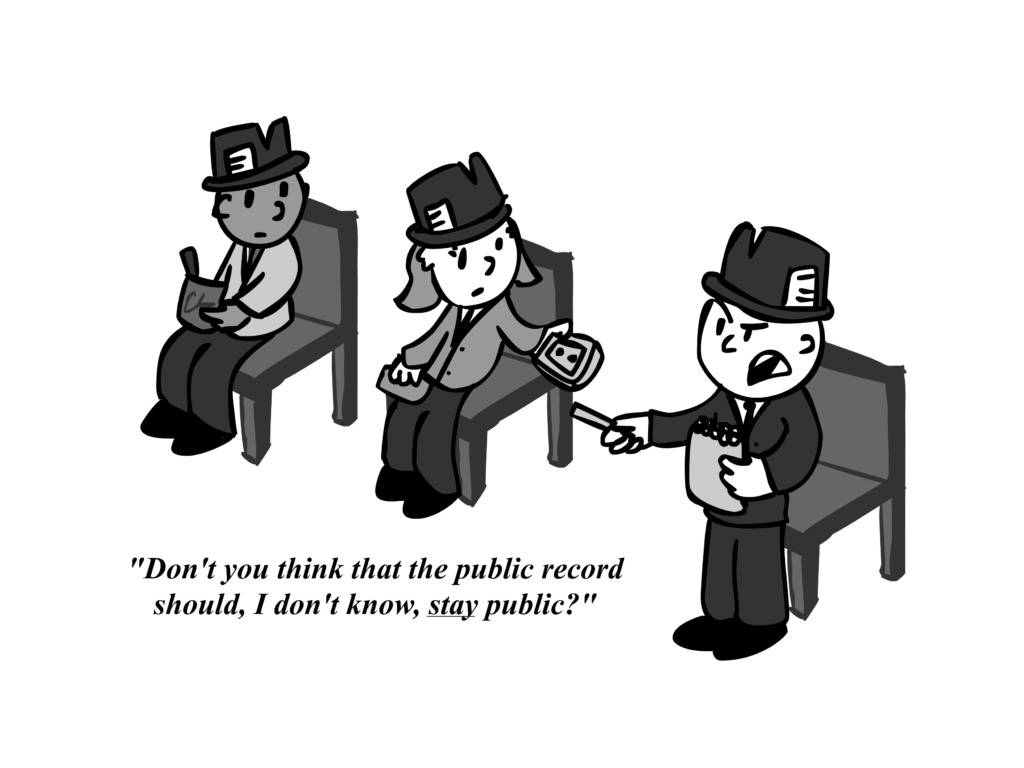Column by Dylan Doyle, Sophomore from Marion, Ky.
Seven percent of anything never seems like a huge deal.
If a student only answers 7 percent of the questions on a test incorrectly, they celebrate their newly acquired score of A-minus.
If a university announces a 7 percent tuition rate increase for next semester, not all will realize the severity of the situation. We know what the word “percent” means, and the number seven is a minuscule piece of 100.
That logic becomes faulty, however, when you start talking about huge numbers, because small pieces of huge numbers can be huge in their own right. It breaks down further when you start talking about human lives.
Data from the Suicide Prevention Resource Center tells us this: 7 percent of college students will have serious thoughts of suicide next year. Two percent of those will come up with a plan. One percent will attempt to carry it out.
Let’s do some quick math: say there are 20 million college students in the country next year, since the U.S. Department of Education expected about 20.2 million students to enroll in the fall of 2015. Even using a low estimate, this means a staggering 1.4 million students will contemplate suicide next year.
Suddenly, that 7 percent seems heartbreakingly large.
No one likes to talk about how difficult it is to be a full-time college student with a mental illness. We do not want to seem weak or fragile in front of our professors or employers. All too often, we are unable to admit to ourselves or those close to us that we are mentally ill at all. Before you know it, we propagate the culture of secrecy and silence preventing so many from seeking the help they need and ending lives because of it.
It is a heavy topic and definitely not one to bring up over an order of Applebee’s chicken wings with friends on a Friday night, right?
That is precisely where we go wrong. Depression and anxiety are stigmatized subjects except when reported the socially-acceptable way: watered down with a few jokes included, prepared to be misunderstood. Bipolar disorder, schizophrenia or any other type of mental illness? Forget talking about it completely.
A few people will understand and offer gracious words of encouragement or help, but the vast majority simply do not want to hear about it. Those suffering from these less accepted mental illnesses have learned not to take the chance and not to place bets on the compassion of others.
At the risk of getting personal, I was diagnosed with major depression and social anxiety in November 2015. Keeping up with the responsibilities of college life was like jumping rope across Death Valley: pointless, miserable and ultimately much more difficult than it sounds.
When activities like getting out of bed or changing clothes become huge obstacles, you find yourself agreeing with the mob of people throwing stones at you – people who claim laziness is the cause of the issue. Eventually, I started throwing stones at myself.
Desperately, I tried to will myself into being mentally healthy. In the words of blogger Allie Brosh, it was like a person with no arms trying to punch themselves until their hands grew back; a fundamental component of the plan was missing and it wasn’t going to work.
The world of academia is not overly accommodating to mental illness – the mind-numbing apathy that accompanies so many conditions is all too often mistaken for laziness, and the manic highs of other types are mistaken for attention mongering. Conversely, people with obsessive tendencies are invalidated every time someone claims their tidy desk is the result of Obsessive Compulsive Disorder. It all points to a fundamental lack of understanding.
The faculty and community at Murray State do a phenomenal job providing aid to the mentally ill, and I am forever grateful to them for helping me locate the road to recovery, but we must do more. We must see more, speak more and learn more. We must change how we talk about and treat mental illness as a society. Seven percent is unacceptable. One percent is intolerable. Any at all is too many.
































































































